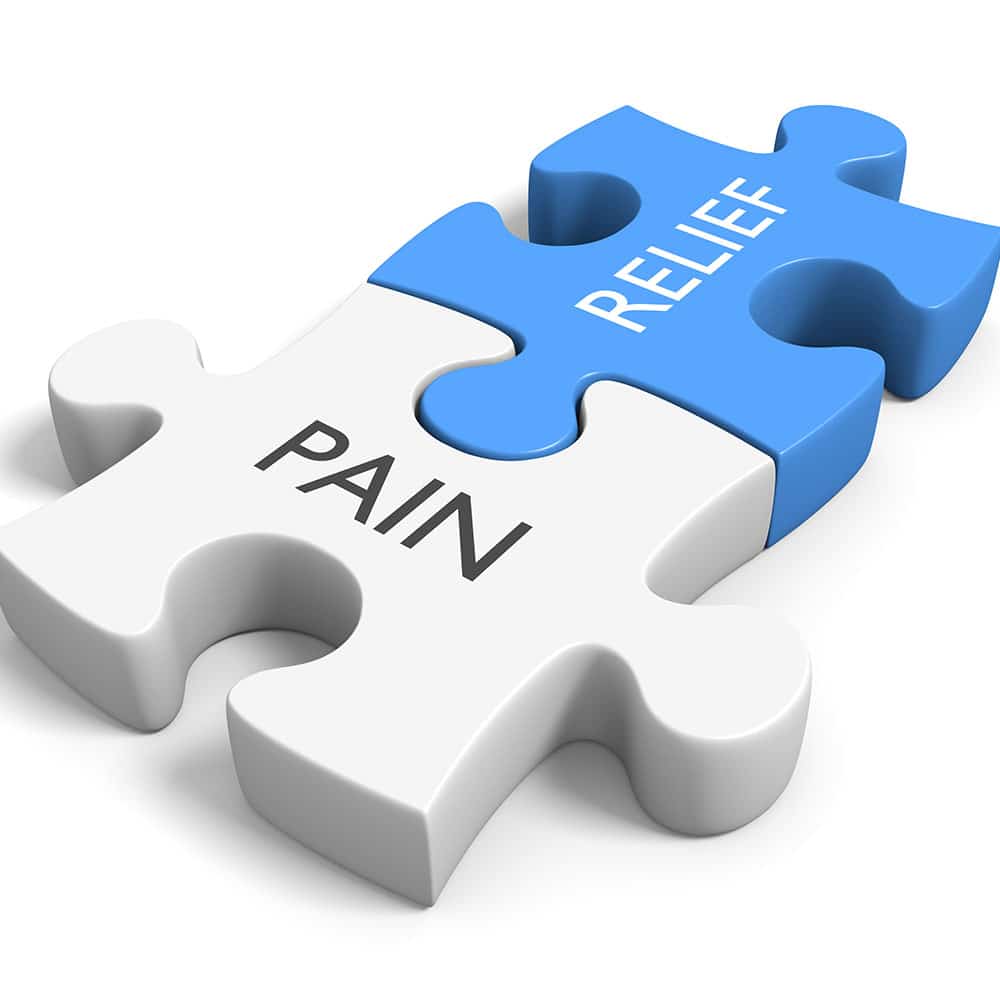Ankle sprains are a common injury, especially after a fall or tumble with a sudden blow or twist to the ankle joint. It may not just be a sprain, it could be a tendon injury serving as culprit in chronic ankle pain.
It is estimated that 40% of individuals suffering an ankle sprain will experience chronic ankle pain even after receiving treatment for the initial injury. Tendon injuries to the ankle can also be the reason for this pain. In some cases the condition is either overlooked or untreated which can prolong the pain and persistence of the problem. The injury may not seem serious at first, people don’t seek attention thinking that it will get better on its own, which is how some cases often go untreated and undiagnosed, explains Terrence Philbin, DO in an article published in the Journal Of The American Academy Of Orthopaedic Surgeons.
The article describes how some cases of chronic ankle pain may be due to injuries to the peroneal tendon, which are located behind the outside portion of the ankle bone. The tendons on the fibula serve to help stabilize the foot and ankle. Tendon injuries can include tendonitis, which is swelling around the tendons. Severe cases can involve the peroneal tendons tearing or there may be swelling of the tendons in behind the fibula bones, which can cause the ligaments that hold the tendons together to stretch out and tear, and possibly even rupture. Symptoms associated with peroneal tendon injuries may include ankle pain that is not responding to treatment, pain behind the ankle bone, tenderness and swelling around the outside of the ankle, and pain that transmits from the ankle down to the foot.
Ultrasound or magnetic resonance imaging can be helpful when trying to identify and diagnose peroneal tendon disorders and injuries, as the techniques offer a more complete look at the tendons. More serious peroneal tendon injuries including ruptures or tears will more than likely require surgery. If the condition is caught early nonsurgical treatment can include anti-inflammatory medications, rest, ice and elevation, physical therapy, and immobilization in either a brace or cast.
Peroneal tendon injuries can develop over time or can happen suddenly. Peroneal tendon injuries are most common in athletes or in individuals that use repetitive ankle motion or individuals that have high arches of the foot.
It is essential to get a proper diagnosis in order to treat peroneal tendon injuries correctly to help alleviate the chronic pain. It is always best not to ignore ankle pain, especially pain that is not getting any better, seek evaluation by a physician who has experience in treating foot and ankle injuries.




